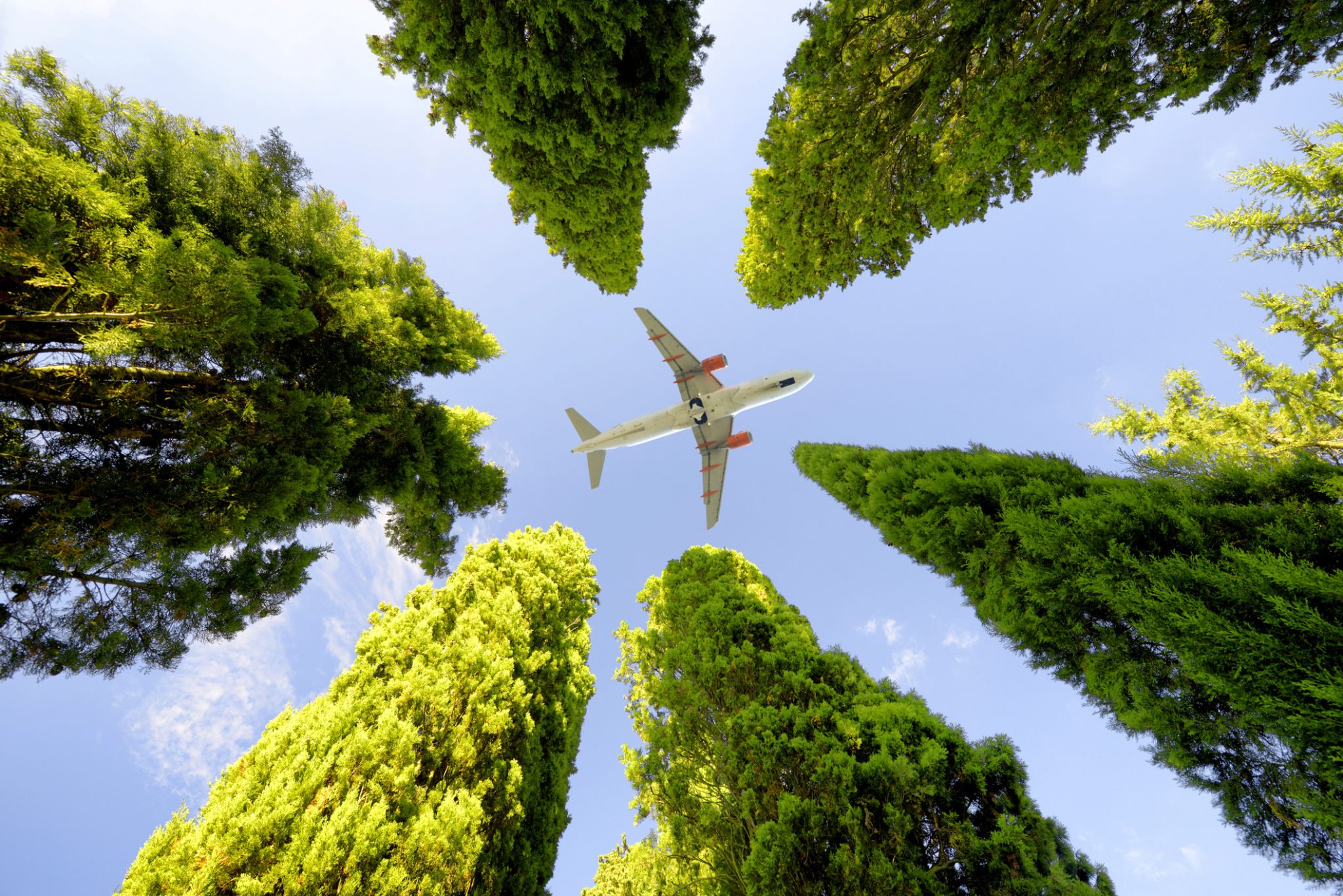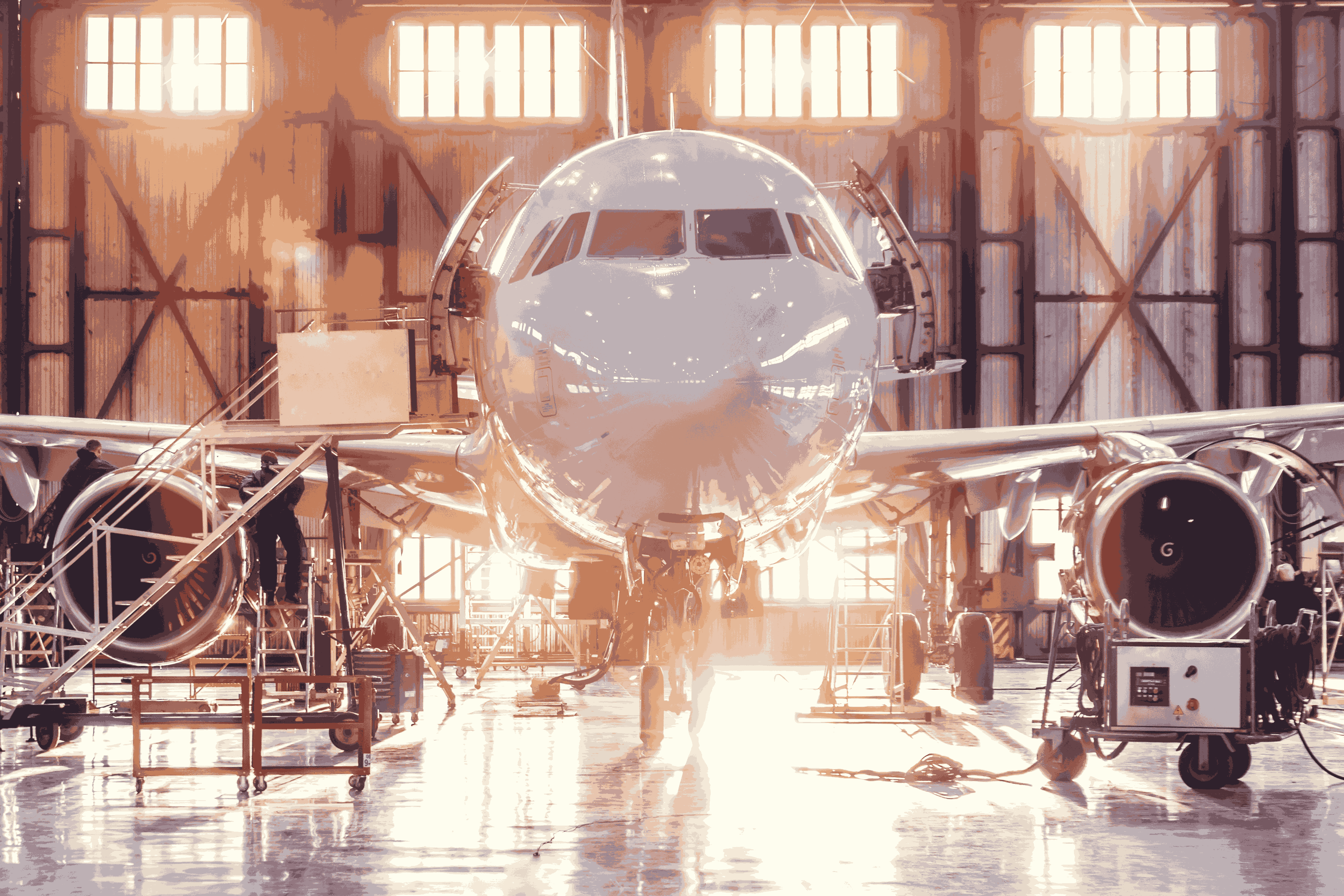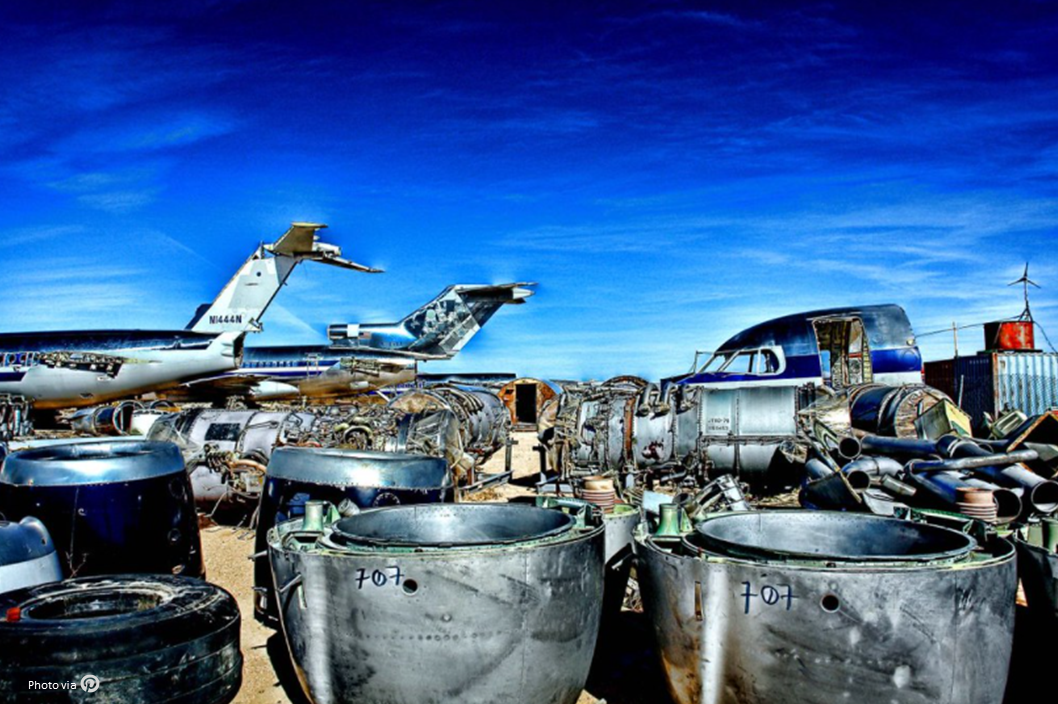Unlike the process of shipping aircraft parts, shipping a routine parcel like a book or a bottle of perfume is relatively easy. If all goes to plan, the parcel will be delivered in a couple of days without a hitch. However, shipping an urgently-needed and vital aircraft part may or may not be so straightforward, depending on the type of shipment you choose, the urgency, and the cargo’s size.
Jevgenijus Petronis, Head of Product at Locatory.com – a leading online aircraft parts marketplace and a family member of Avia Solutions Group – shares some industry insights on the subject of shipping.
AOG Freight
The first and probably the most time-sensitive to execute is an AOG (aircraft on ground) shipment. An AOG shipment means that aircraft parts are urgently needed to return an aircraft to full service. Because of this major factor, every second counts. This type of freight transportation is mostly handled by established brokers who have the connections and the means to organise the shipment, usually in a matter of hours, through a ‘next flight out’ or direct charter process. However, due to the urgency of expediting the shipment significant costs and delivery charges may be incurred and will need to be backed up by a strong case to justify such costs.
Routine small parcel shipments
Most airlines or MRO service providers will already have in place an established process for shipping small or routine delivery aircraft parts. Routine small parcel deliveries – usually weighing under 150lbs (68kg) – can be accommodated on scheduled passenger flights as regular freight. For less time-sensitive deliveries, the process is usually uncomplicated (they may require some extra customs documentation, and may also include the parcel transiting through several sectors) however, this method of delivery incurs less of a financial burden.
Routine heavy freight shipments
For aircraft parts weighing over 150lbs (68kg) the challenge can become more complicated. Large or ‘oversized’ cargo, depending on their bulk, will require specialist knowledge and the services of a dedicated cargo transportation provider should be adopted. Large shipments may include entire aircraft engines, APUs, or landing gear, all of which require special handling due to their sensitivity. The time involved in organising such shipments and their delivery can range from several days to more than a month – especially if sea transportation becomes the only option available. Additionally, the cost of transporting heavy or ‘oversized’ cargo can also be reflected by the difficulty of the operation.
High-value shipments
In the world of aviation, even seemingly small aircraft parts can cost a lot of money, making their transportation both risky and costly.
Regarding high-value shipments, Locatary.com’s Jevgenijus Petronis said, “With this type of high-value shipment, the question is not how much it will cost or how long it will take, but rather do you trust the people who are carrying it? In our case, we always provide our clients with the option of attaching a GPS tracker to monitor the location of the goods in real-time. While this gives the client visibility of the aircraft part’s location at any given time, the real benefit which we can offer is the knowledge that the companies with whom we are partnering are experts in their field and provide their services with the utmost respect to the client, while remaining compliant with all safety regulations to ensure the part’s arrival as intended.”
As further testament to the quality delivered by locatory.com, when asked what persuaded him to sign up the company’s shipping services, Awsam Farjo, CEO at Aviator Solutions Limited had this to say. “I feel that you (Locatory) are a part of my business… your expertise in the field of shipping, and your connections to find the best shipping solutions have greatly helped us to increase profitability.” Mr. Farjo went on to say, “Over the years as we built our lines of communication, I felt that you fully understood me and my business… and, I believe it’s vitally important that the shipping forwarder should understand us and help us to reduce our efforts. I am 100% satisfied with Locatory’s fast communications, quick response times, along with every aspect of the services provided.”





